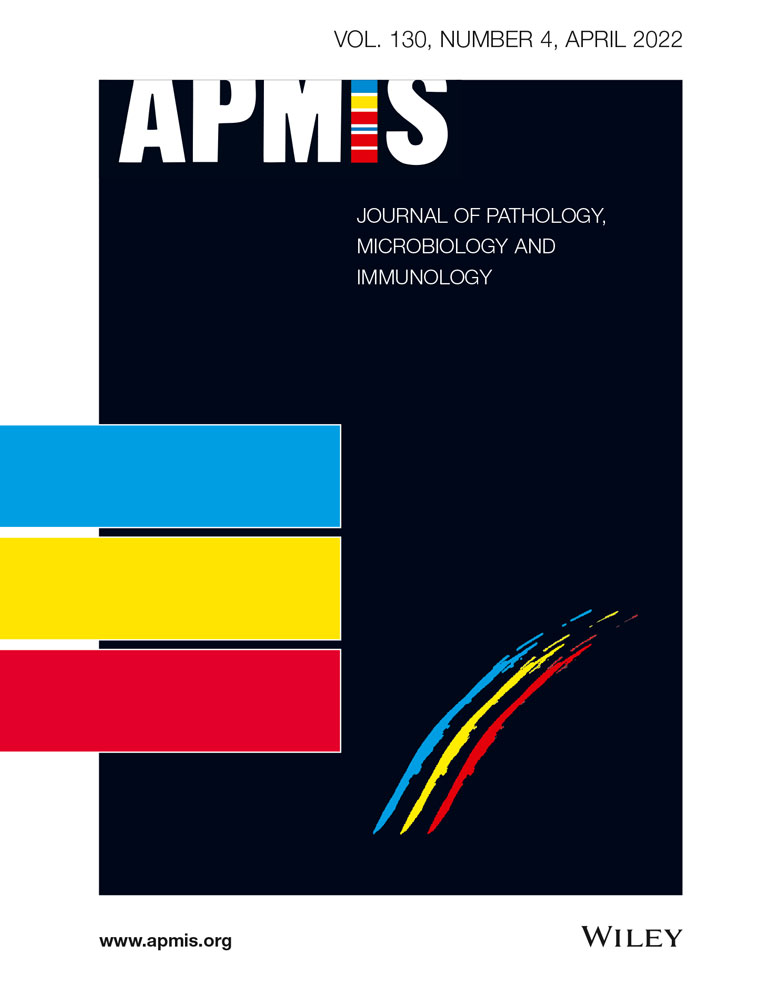Gene polymorphisms of TLR10: effects on bacterial meningitis outcomes in Angolan children
Abstract
This study examined whether gene polymorphisms for toll-like receptor 10 (TLR10) associated with the susceptibility to and outcomes of bacterial meningitis (BM) in Angolan children. The study cohort consisted of 190 BM patients and the determination of ten single-nucleotide polymorphisms (SNPs) by Sanger sequencing. Patients with BM caused by Streptococcus pneumoniae who carried the following variants of TLR10 SNPs exhibited an increased risk of coexisting pneumonia: rs10004195 (T > A) (p = 0.025), rs10856837 (G > A) (p = 0.018) or rs11096956 (G > T) (p = 0.010). Yet, TLR10 SNPs rs11466652 (A > G), rs10856837 (G > A) and rs11096956 (G > T) influenced the protein levels in the cerebrospinal fluid (CSF). Moreover, compared with the wild type, patients with pneumococcal meningitis carrying a variant genotype of TLR10 SNP rs11466648 (A > G) exhibited an increased risk of developing blindness (p = 0.025), whereas patients with TLR10 SNP rs10004195 (T > A) exhibited a lower risk of convulsions at admission (p = 0.039) and a lower risk of altered consciousness (p = 0.029). This study suggests a relationship exists between coexisting pneumonia, protein levels in CSF, blindness, convulsions and an altered consciousness with genetic variations of TLR10 in BM in Angolan children.
CONFLICTS OF INTERESTS
The authors declare that the research was conducted in the absence of any commercial or financial relationships that could be construed as a potential conflict of interest.




